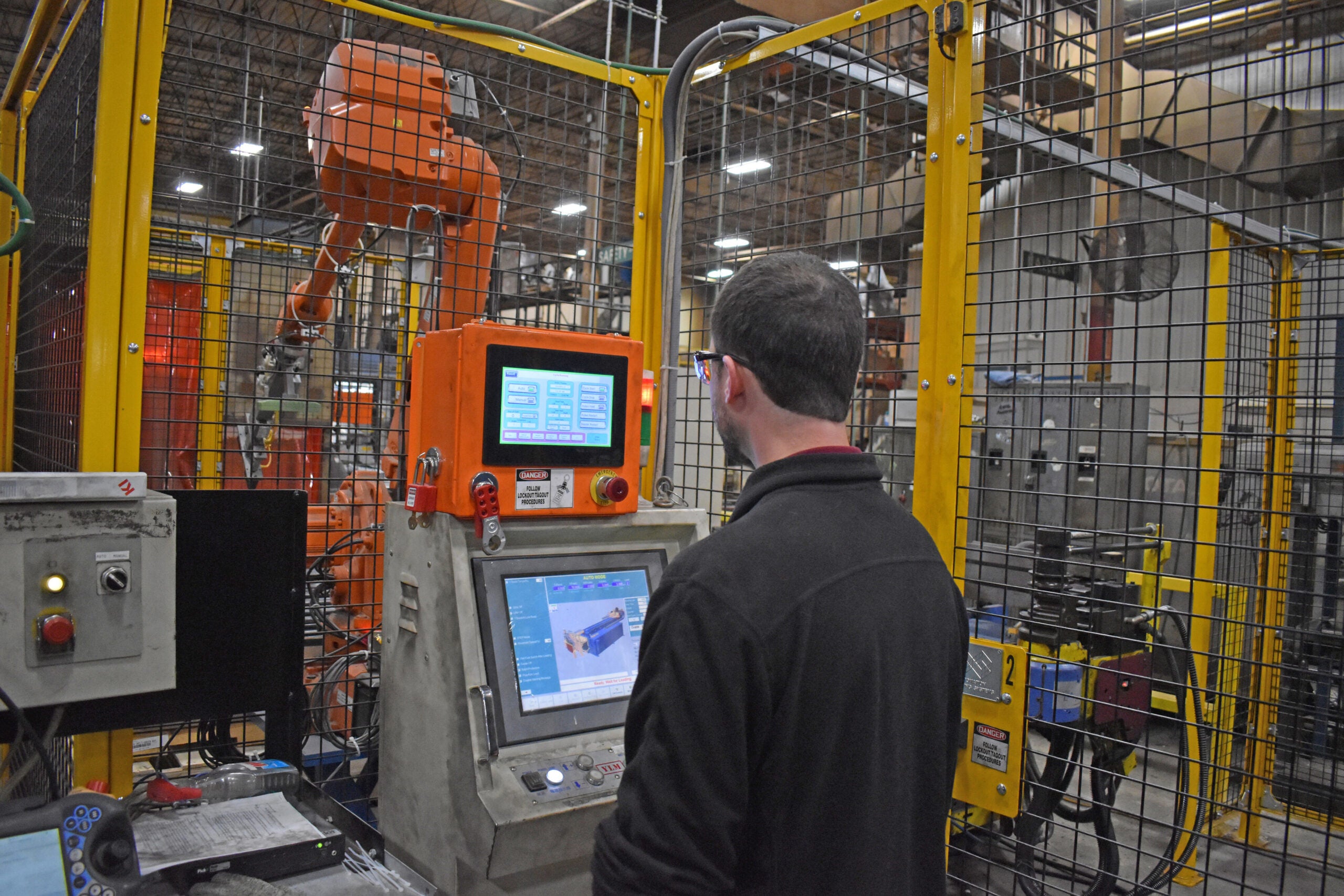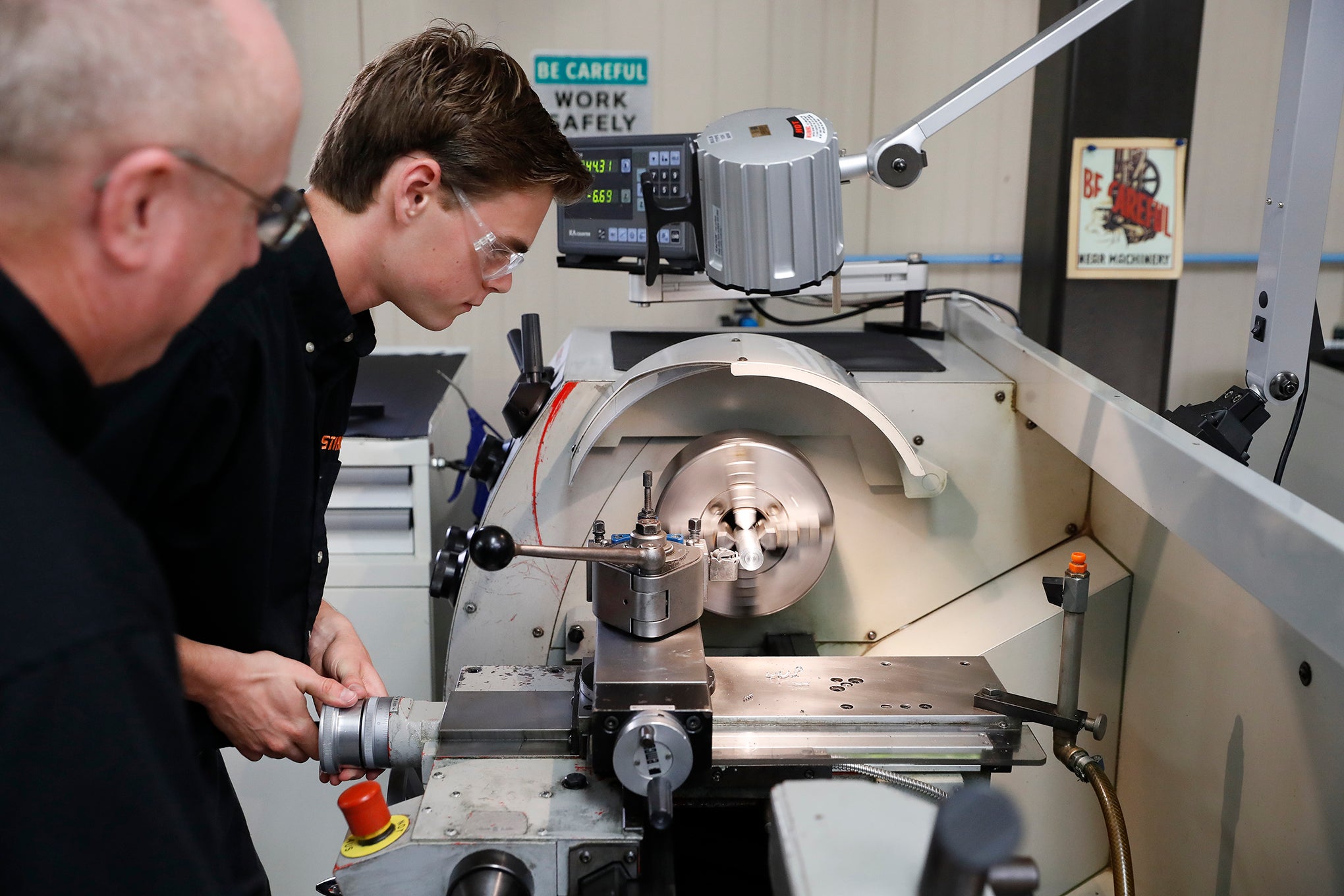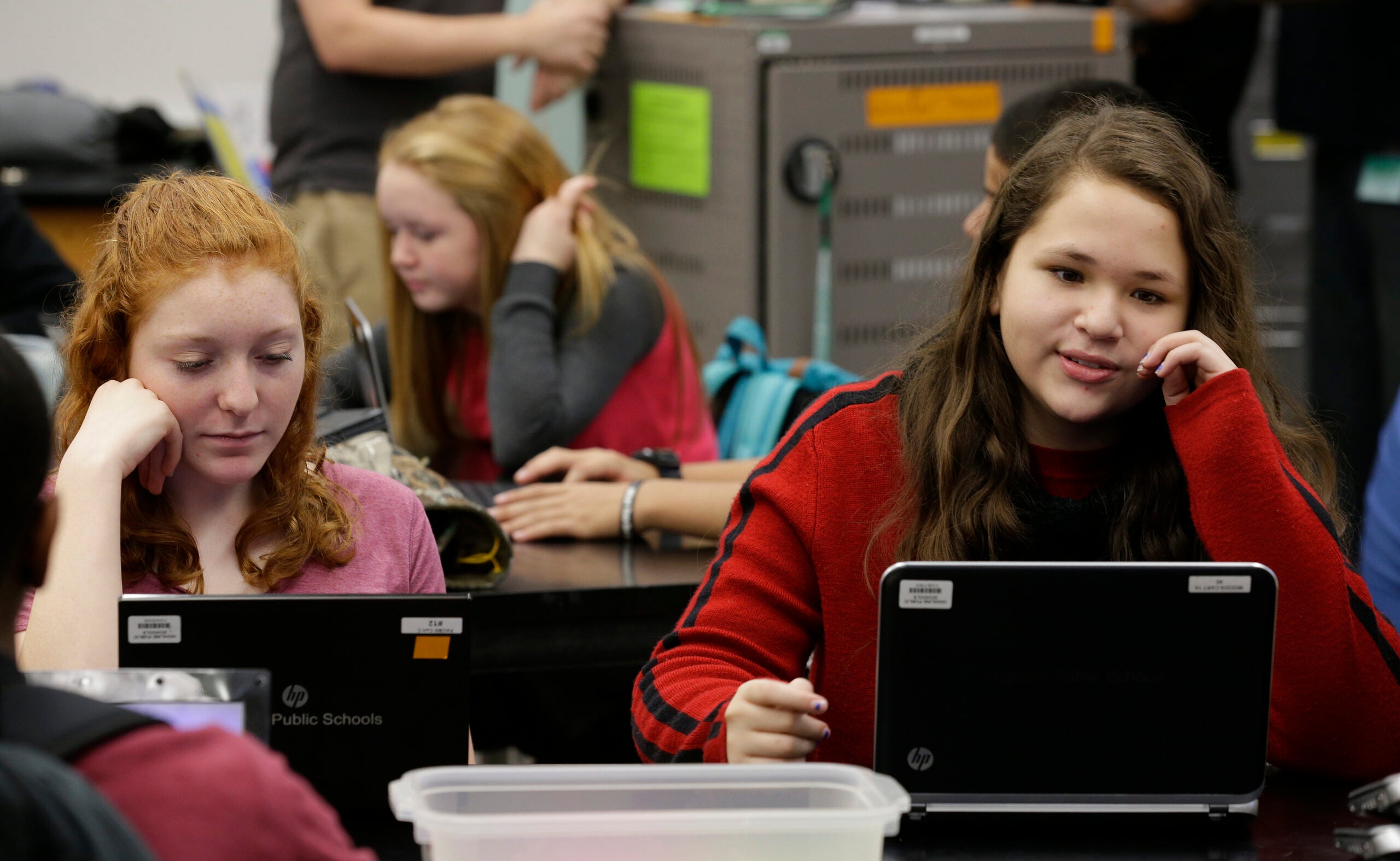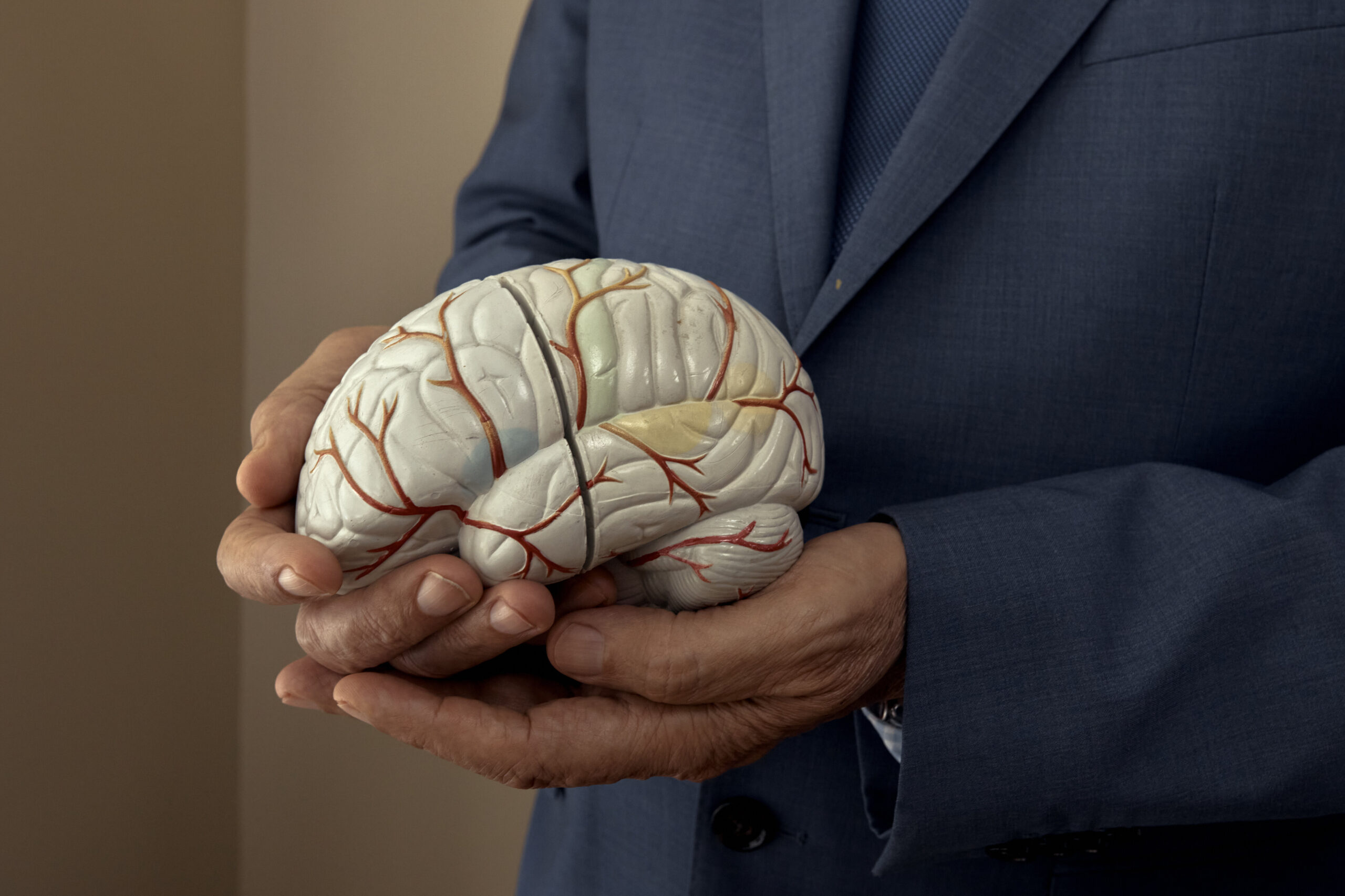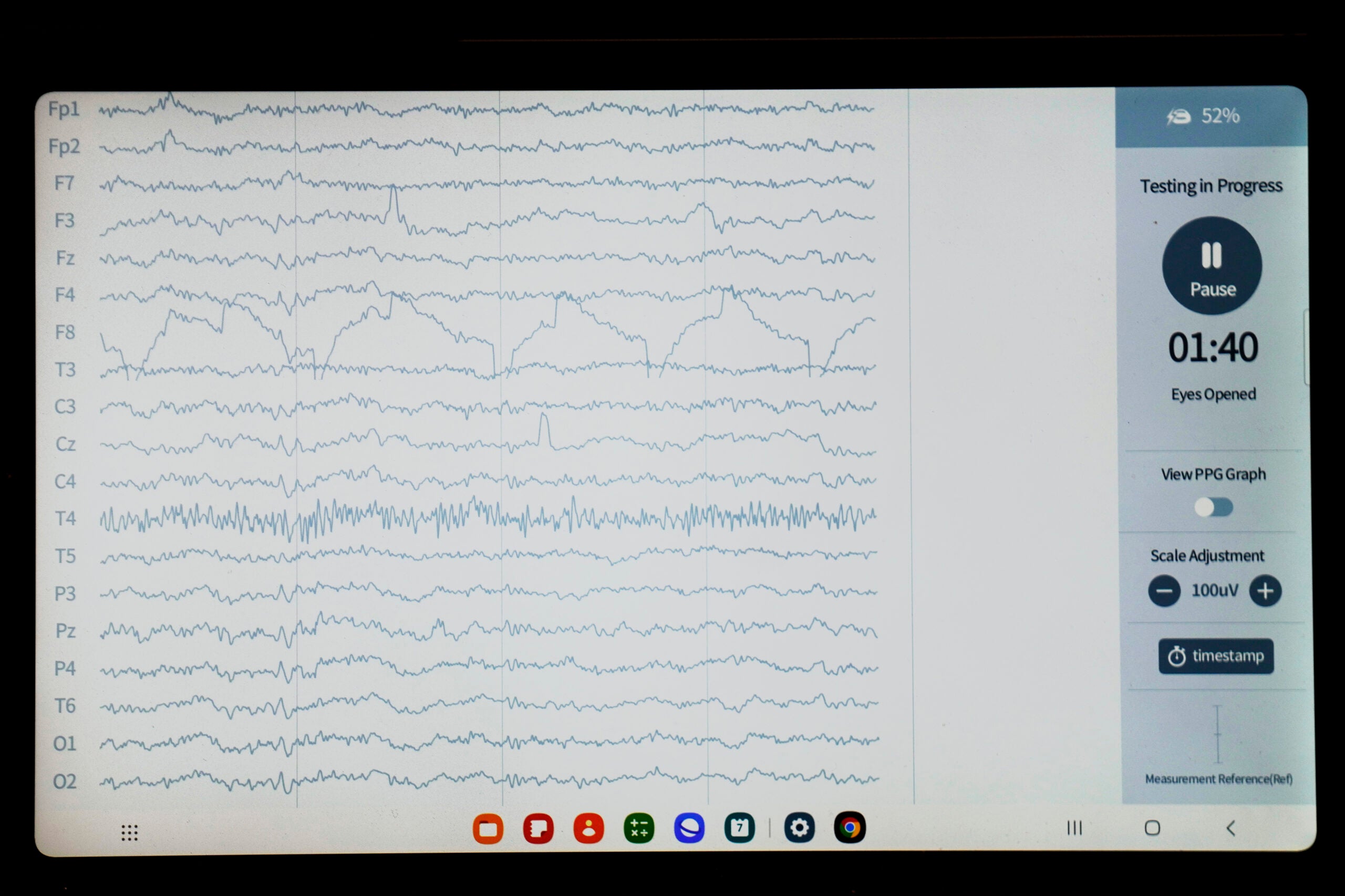When Alex Peters walks through manufacturer KI’s Green Bay plant, he sees a lot of potential for how artificial intelligence could enhance the company’s machines.
The northeast Wisconsin company produces furniture for offices and schools. KI manufactured its first product, a metal folding chair, in 1941, and moved to Wisconsin from Illinois four years later.
As the company’s automation engineering manager, Peters helps plan how the company will implement technology in its facility to increase productivity and plant safety — including artificial intelligence, also known as AI.
Stay informed on the latest news
Sign up for WPR’s email newsletter.
“For automated systems on the plant floor, I can see AI being a powerful tool, just monitoring machine conditions,” he said. “The AI can be monitoring the inputs and outputs of the system. And if it detects an anomaly — something like a sensor is failing — it could reach out and let somebody know.”
A 2018 report from economics research firm McKinsey Global Institute said generative AI’s effect on productivity could add trillions of dollars in value to the global economy, and “will have a significant impact across all industry sectors.” And last November, AI went mainstream with the launch of generative AI chatbot ChatGPT, which showcased a form of machine learning that can use data to produce text, video, images and other content.
Wisconsin businesses are working to learn as much as they can about this relatively new technology. But even with more attention on the technology and its possibilities, one of Wisconsin’s largest economic sectors may not be ready for it. A new survey of over 400 manufacturing executives by the Wisconsin Center for Manufacturing & Productivity found that only 26 percent were either using or considering AI.
Over half of respondents — 51 percent — say it’s not going to have much of an impact on their businesses. Another 41 percent believe AI is going to be another piece of technology among many, while 5 percent say it will fundamentally change their business.
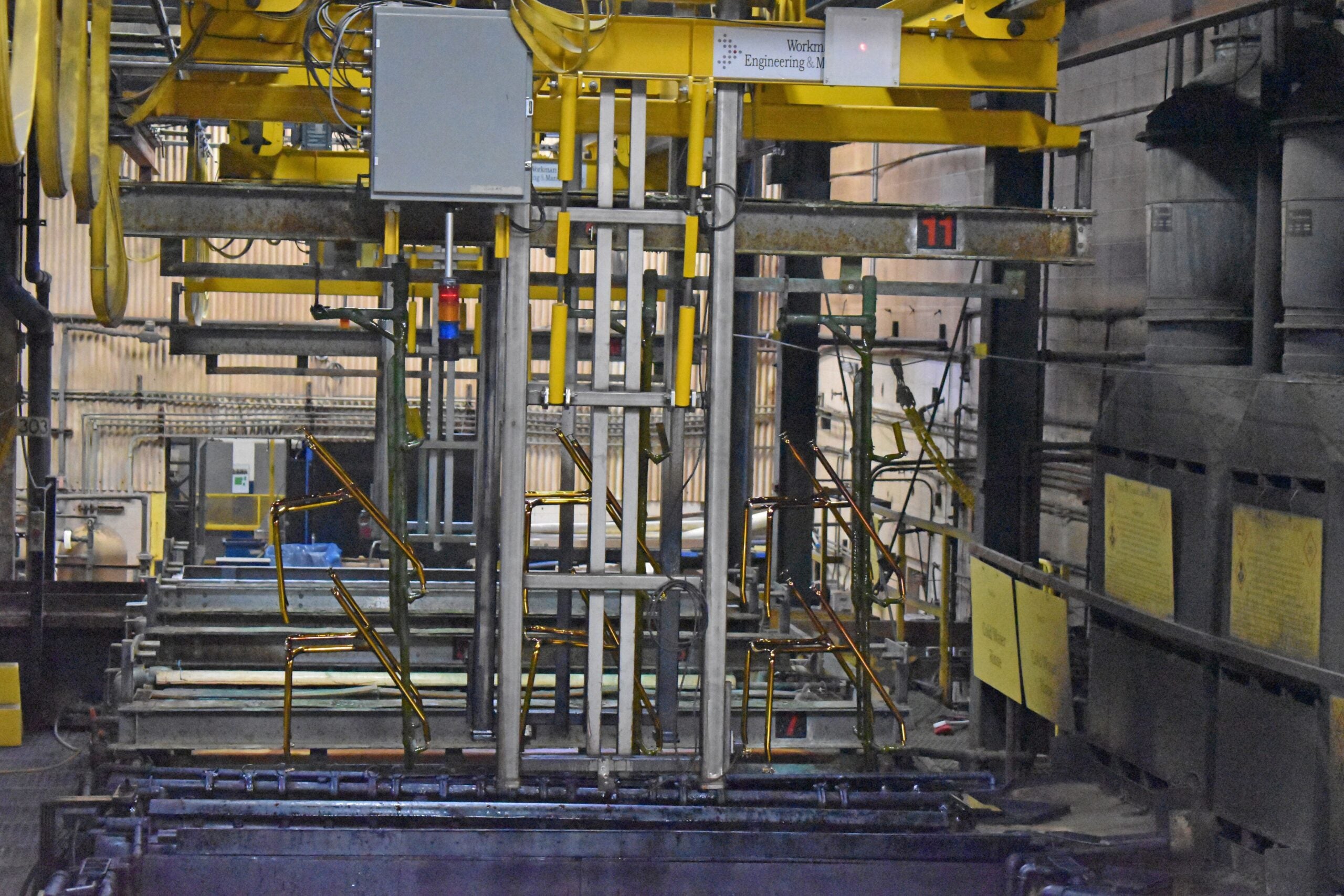
Buckley Brinkman, CEO of the Wisconsin Center for Manufacturing & Productivity, said he thinks manufacturers may be underestimating the technology’s impact on the workplace. He said AI could “change everything about manufacturing.”
While manufacturing has long embraced robotics and automation in ways that mostly affect blue-collar workers, AI tools could reshape the workplace for office employees and executives, Brinkman said.
“We’re pretty desensitized to technology that we introduce on the plant floor (that) eliminates jobs, or changes the nature of those jobs,” Brinkman said at a recent event in Green Bay. “We’re not so desensitized when all of a sudden, you’re a knowledge worker, and two-thirds of your job can be done by an algorithm.”
Wisconsin businesses are already using AI
AI is already being used in a variety of ways across industries, from manufacturing to health care.
Ann Franz, executive director of the Northeast Wisconsin Manufacturing Alliance, said manufacturers are using ChatGPT as a marketing tool to compare their marketing to competitors to find strengths and weaknesses.
“In just a minute or two, you’re getting the results that would take a whole marketing team to figure out for you,” she said.
Others are using it to help draft emails, corporate messaging and write reports, she said. Another use, she said, is through sensors collecting data on machines. That data can then be used to help generative AI applications provide information that can help inform decision-making.
“By having these sensors, and data around these machines, they’re able to know when they may break before they even break down,” Franz said. “With machine learning, the key is having the data. That’s why, now that the sensors are cheaper, companies can utilize them more to make a really big difference.”
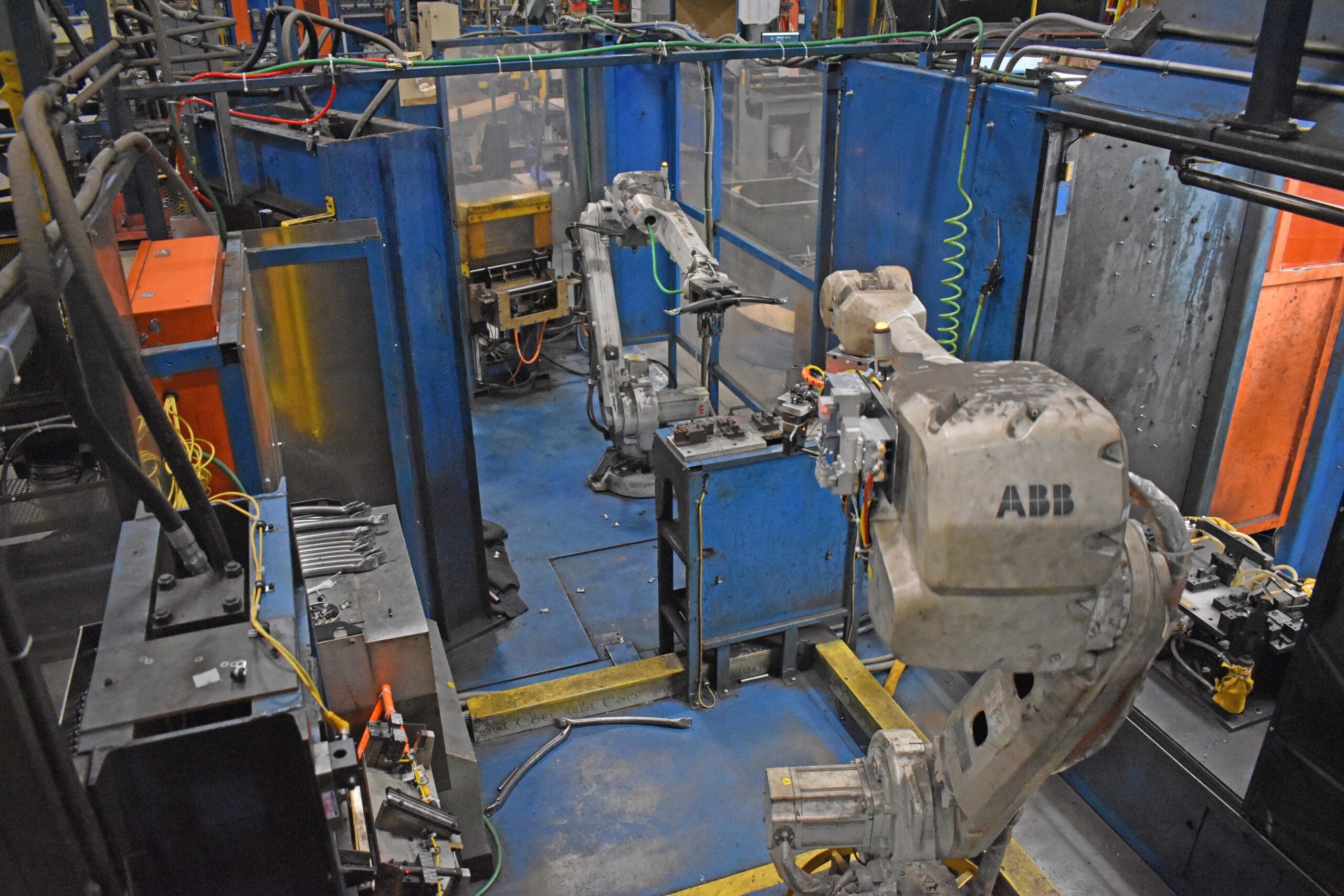
Wisconsin companies are beginning to invest in AI, but so far it hasn’t yet led to a lot of worker displacement, according to Kurt Bauer, CEO of Wisconsin Manufacturers and Commerce, the state’s largest business lobbyist. For one thing, Wisconsin companies have faced a persistent, yearslong shortage of workers. Bauer said that means most companies are not looking to cut employees.
“When I talk to my manufacturers who are investing in robotics and AI, if it displaces a worker, they reassign them because there’s a workforce shortage,” he said. “There is plenty of work to be done, and, one way or the other, you need a human being to touch a product at some point during the process.”
Outside manufacturing, Wisconsin Economic Development Corp. Secretary Missy Hughes said AI is being used by health care providers to help predict the efficacy of treatments, predict the likelihood of a disease returning or even create imaging to help doctors confirm a diagnosis.
“That’s the real opportunity that I’m seeing for Wisconsin businesses,” she said. “AI can help predict and help to make things more clear.”
In fact, the Medical College of Wisconsin is using AI to predict and more successfully treat pancreatic cancer and to help treat children with epilepsy, Hughes said.
“These kinds of game-changing treatments will really have an incredible ripple effect out into people’s lives and their family’s lives,” she said.
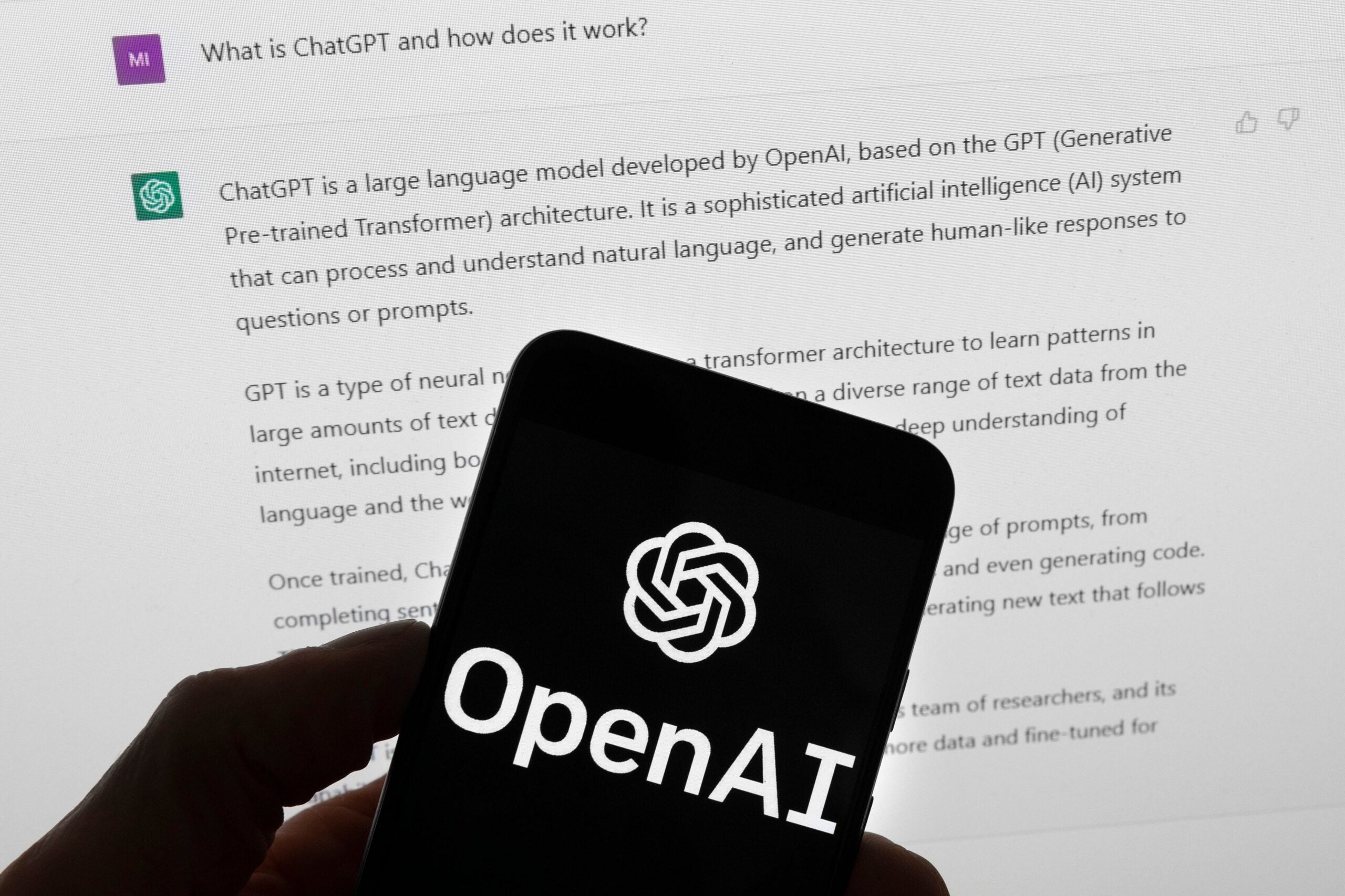
How could it shape the future workforce?
Computers likely won’t fully replace humans, but could augment their work, said Milwaukee Tech Hub Coalition CEO Kathy Henrich, who has a master’s degree in workforce development focused on AI and the changing nature of work.
She said repetitive tasks are likely to be replaced by machines, but AI will make workers more productive — and manufacturing jobs aren’t the only ones that will be affected.
“A lot of office jobs have repetitive decisions that are made as part of them as well,” Henrich said. “Those are going to be ones that benefit from artificial intelligence, so people can be spending more time on those more difficult problems, and not spending their time on those repetitive tasks.”
Jeff Yabuki, chair of private equity platform Motive Partners and former CEO of Fiserv, shared similar sentiments at the 2023 Wisconsin Economic Summit on Monday. He cited surveys showing 40 percent of people using ChatGPT say it saves them one to five hours per week and 29 percent say it saves them six to 10 hours a week.
“It’s estimated that artificial intelligence solutions, and this is one of the big home runs, could ultimately result in the creation of half a billion net new jobs,” he said.
In fact, some universities and businesses have already created a new job, called “prompt engineers,” Yabuki said. Their job is to write inputs for generative AI tools that produce the most relevant results.
“With generative AI, the quality of the prompts — or the questions that you ask — is critical,” Yabuki said. “The responses are only as good as the detail being provided.”
Henrich said Wisconsin businesses need to think about how to retrain their workforce to understand the capabilities of AI and how it can be used to increase productivity.
“Those people that can successfully apply AI into their jobs, and utilize it are going to be the most productive,” she said.
A handful of officials from northeast Wisconsin manufacturing companies did just that in September, when they attended a presentation on generative AI. During the presentation, Jake Rohrer, a senior consultant for consulting firm Wipfli, walked through some of the easiest ways businesses can start implementing AI. He showed how the technology can be used to write emails, meeting agendas and interpret data for reports.
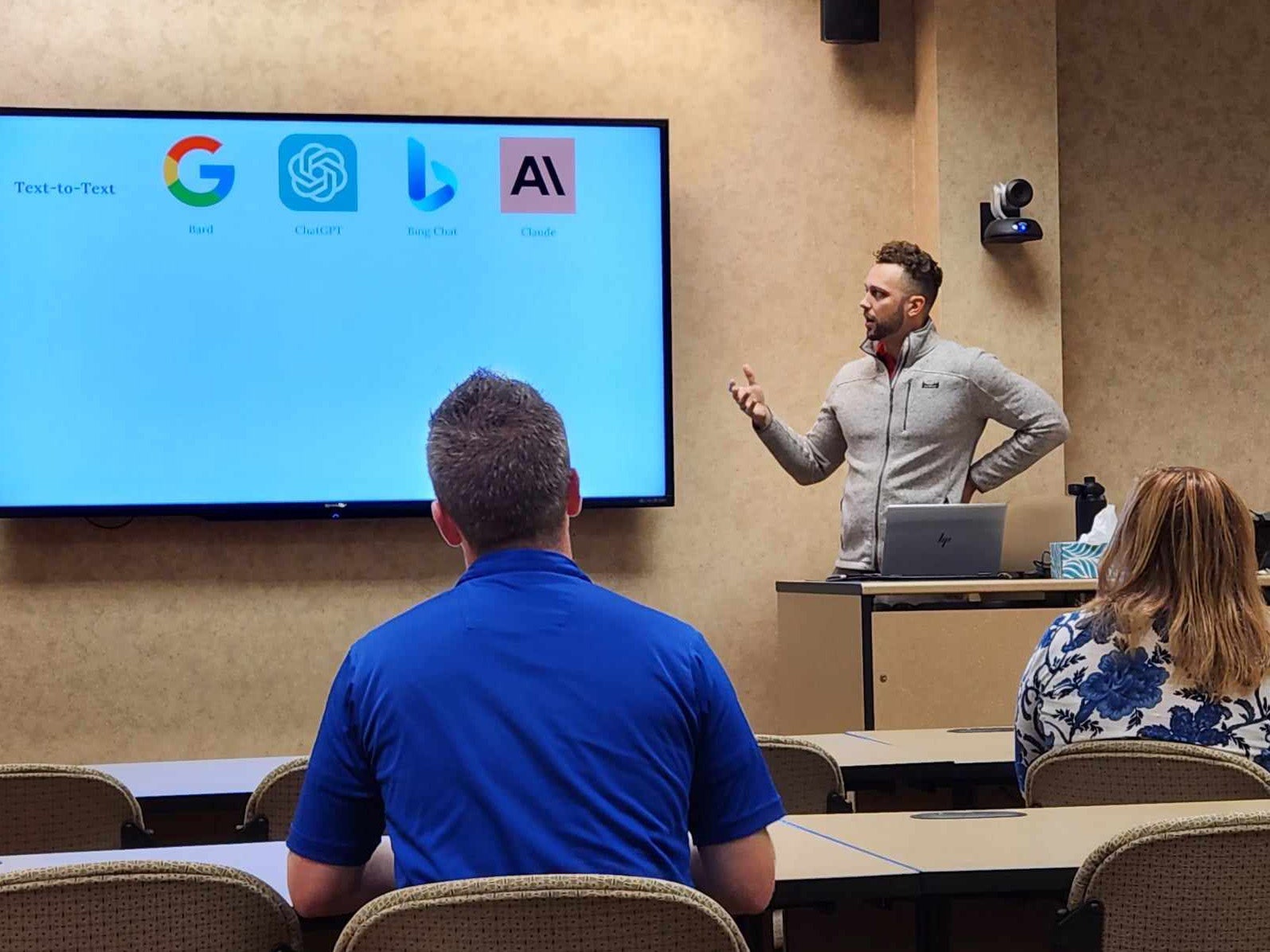
Right now, Rohrer said generative AI is being used broadly, but he expects more programs will come out using artificial intelligence to help with job-specific tasks.
“This is probably the way that we’re going to be experiencing AI in the future, because there’s probably not going to be one tool that everybody uses,” he said. “You’re probably going to go to the app or the thing that you want to do, and that AI is going to help you process through (information) more efficiently.”
Higher education institutions in the state are already offering programs around artificial intelligence. A few of those colleges include Milwaukee School of Engineering, Marquette University and Waukesha County Technical College.
Hughes said partnerships between industry and academia will be critical to ensuring Wisconsin’s workforce is ready for the future.
“Industry is the one who’s going to be pushing and jumping at the opportunity to use AI for a competitive edge,” she said. “What we’re seeing right now is that industry is ahead of academia and understanding where those applications might be. If we can closely link academia and industry, we’ll be able to keep up with our training, and our curriculums.”
AI presents risks, opportunities for growth
Enthusiasm around AI has been gaining momentum in the last year, but the continued growth of artificial intelligence poses risks.
In an August presentation, Somesh Jha, a computer science professor at the University of Wisconsin-Madison, said the technology could be a threat to cybersecurity and could be misused to spread misinformation.
For example, there’s already a “fine-tuned” AI that can write spam emails, he said. AI can also be used to create fake images and videos that look real, known as “deepfakes.” Jha said deepfakes could be used, unethically, during elections to sway public opinion.
“This is coming,” he said. “I can tell you that there are people (who) are really scared.”
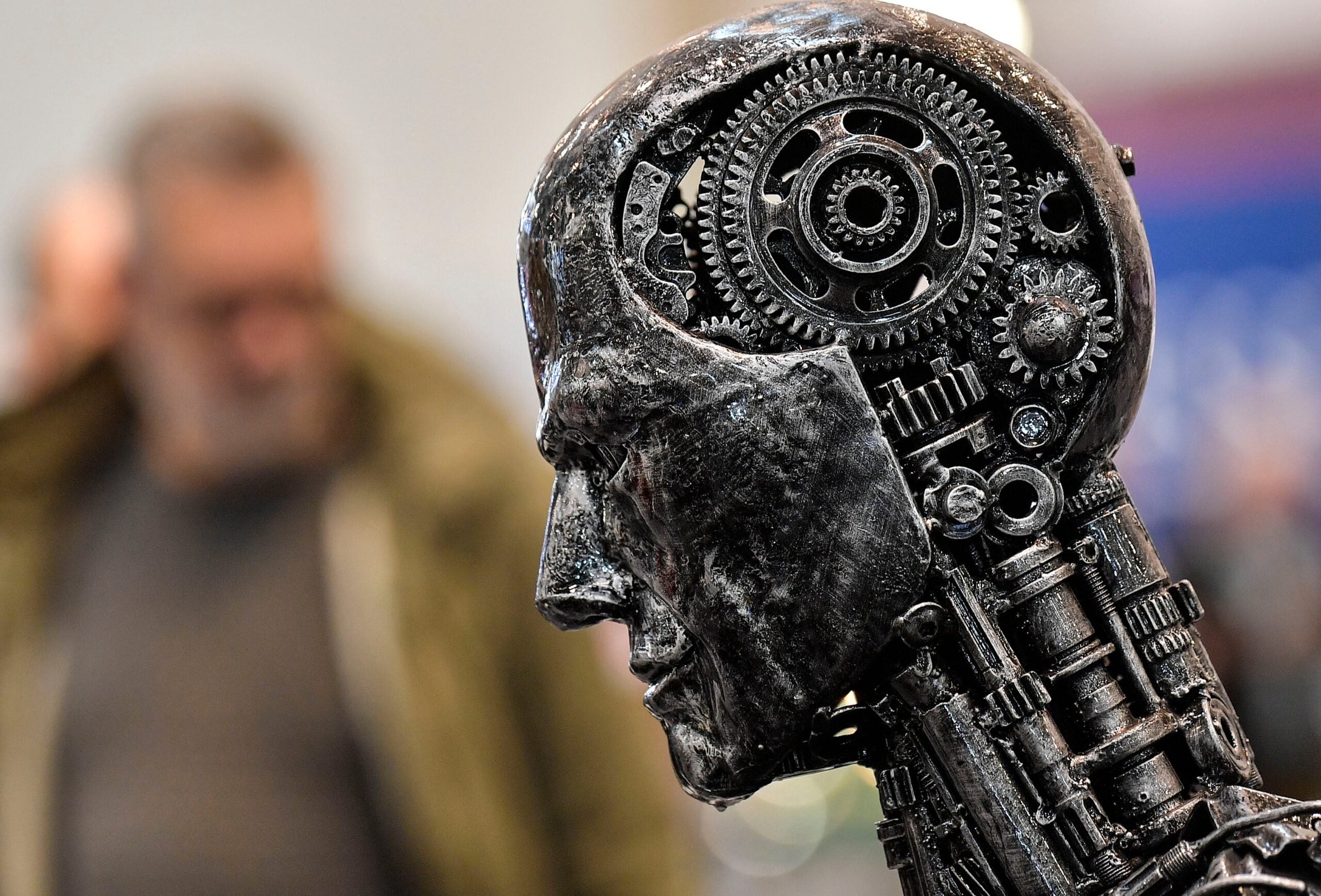
Brinkman added that artificial intelligence technology is still far away from establishing an entire factory that can run without humans.
He pointed to self-driving vehicles in San Francisco causing car accidents and driving through wet concrete as examples of why AI still needs humans to monitor it.
“In select circumstances, we can get some really good predictive information about what should be done by the human operator,” Brinkman said. “It has a lot of power, but it’s not power that’s ready to be unleashed indiscriminately or without a human copilot.”
Bauer also acknowledged that AI poses risks, but he said those are outweighed by the opportunities it creates.
“We do need to monitor it,” he said. “There have to be ethics established around AI and how it is used. But I think that it probably holds more promise than it does downsides.”
Wisconsin Public Radio, © Copyright 2025, Board of Regents of the University of Wisconsin System and Wisconsin Educational Communications Board.
